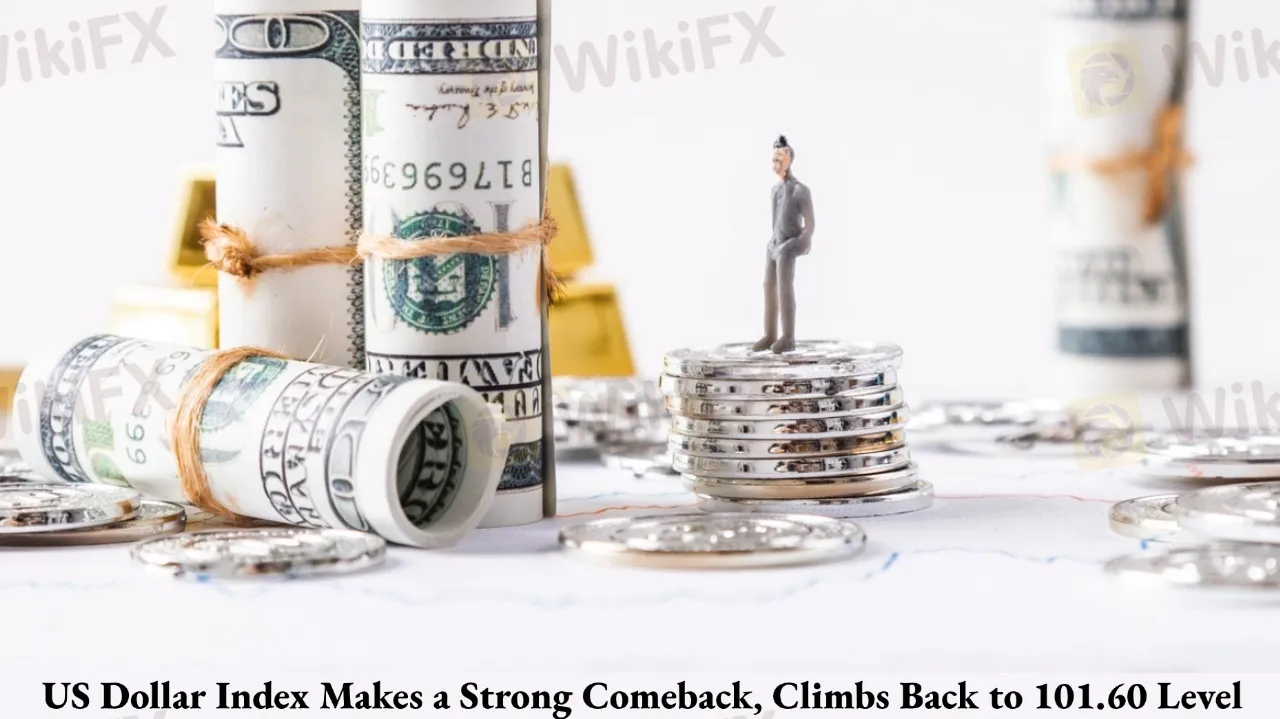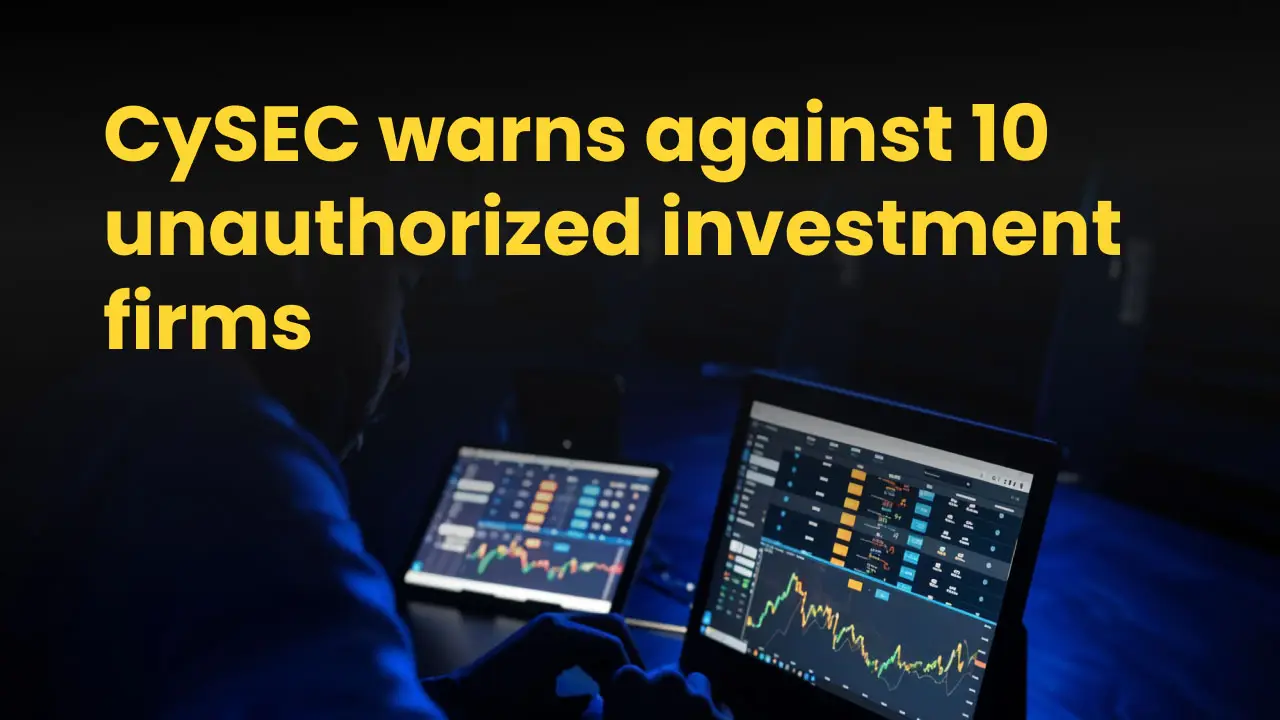简体中文
繁體中文
English
Pусский
日本語
ภาษาไทย
Tiếng Việt
Bahasa Indonesia
Español
हिन्दी
Filippiiniläinen
Français
Deutsch
Português
Türkçe
한국어
العربية
US Dollar Index Makes a Strong Comeback, Climbs Back to 101.60 Level
Abstract:The US Dollar Index has surged back above 101.60, breaking out of a multi-week consolidation. Boosted by trade truce optimism and technical breakouts, market sentiment has shifted sharply, placing investors at a crucial decision point.

On May 12, the US Dollar Index staged a powerful rally, reclaiming the key 101.60 level after weeks of lackluster movement. Since bottoming at 97.92 in late March, dollar bulls have been gathering strength but lacked a clear catalyst for breakout—until now. The recent surge reflects a meaningful shift in market sentiment, underpinned by changes in fundamental dynamics.
Dollar Regains Popularity
The immediate trigger for the rally was the announcement of a 90-day trade truce between China and the US, featuring significant tariff reductions. This development improved global trade prospects and boosted risk appetite across financial markets. Simultaneously, the US 10-year Treasury yield jumped to 4.45%, near highs not seen since early April. The widening interest rate differential between the US and other economies further enhanced the dollars relative appeal.
Expectations for a Federal Reserve rate cut were also quickly revised. According to CME FedWatch, the probability of a rate cut in June has dropped to just 7.9%, while July's odds have fallen to about 44.1%. This shift has helped reinforce the dollar's medium-term outlook and led investors to re-evaluate carry trade strategies.
Technically, the DXY has entered a clear upward channel on the daily chart, breaking above the 101.50 resistance and testing the 102.20 level. The MACD has formed a bullish crossover, the RSI stands at 56.53 (in a neutral-to-strong zone), and the CCI continues to rise—indicating strong momentum.
The appearance of a V-shaped bottom further strengthens confidence in a medium-term reversal. This confluence of technical and fundamental support makes a compelling case for dollar bulls. However, with the index nearing short-term overbought levels, some correction toward 101.20 or even 99.00 cannot be ruled out.
Investors Must Beware of Overexuberance
While the trade détente offers near-term relief, challenges remain. The Fed‘s policy path is still uncertain, and weak economic data in the future could reignite dovish expectations. Furthermore, the dollar’s sharp gains have triggered potential overbought signals, making a short-term pullback increasingly likely.
For investors, the key challenge lies in balancing optimism with risk awareness. The Fear & Greed Index has tilted sharply toward “Greed,” suggesting elevated risk of correction. Although institutional flows show growing long positions in the dollar—a typical sign of trend strength—investors should remain cautious of abrupt reversals.
The US Dollar Index‘s return above 101.60 showcases a strong rebound, but the road ahead is not without bumps. Investors entering long positions must remain vigilant, watch for technical corrections, and adjust strategies accordingly. A blend of macro awareness and technical discipline will be vital to navigating the next phase of this dollar cycle. Are you ready for what’s next in the USD comeback story?
Understanding the U.S. Dollar Index (DXY)
The U.S. Dollar Index (DXY) is a key benchmark that measures the value of the U.S. dollar against a basket of major global currencies. Created in 1973 by the Intercontinental Exchange (ICE), the index is designed to provide a broad indication of the dollars overall strength or weakness in the global market.
The DXY is composed of six currencies: the euro (EUR), Japanese yen (JPY), British pound (GBP), Canadian dollar (CAD), Swedish krona (SEK), and Swiss franc (CHF). However, these currencies are not weighted equally. Their weights are determined based on the volume of U.S. trade with the respective regions, making the euro the most influential, with a weight of approximately 57.6%. This is followed by the yen at 13.6%, the pound at 11.9%, and the remaining currencies at smaller percentages.
Because of this weighting system, movements in the euro have the most significant impact on the index. In simple terms, when the euro strengthens against the dollar, the DXY tends to decline. Conversely, a weaker euro often pushes the DXY higher.
You can think of this in terms of “distance of influence.” The euro is the closest to the “center” of influence, so its movements carry more weight. Currencies like the Swedish krona and Swiss franc are “further” from this center, meaning their impact on the index is relatively limited.
This structure explains why the U.S. dollar might appear strong against some currencies, but the DXY still falls if the euro is rallying. For traders and investors, understanding how the DXY is built and what drives it can help provide deeper insight into market sentiment and directional trends.
When analyzing dollar strength, monitoring the EUR/USD pair is especially critical. As the largest component of the index, its fluctuations can often foreshadow broader shifts in dollar performance. In summary, the DXY is not just a number—it‘s a reflection of the dollar’s position in a complex, weighted network of global currency relationships.

Disclaimer:
The views in this article only represent the author's personal views, and do not constitute investment advice on this platform. This platform does not guarantee the accuracy, completeness and timeliness of the information in the article, and will not be liable for any loss caused by the use of or reliance on the information in the article.
Read more

PINAKINE Broker Review: A Complete Look at Its Services and Risks
Finding a trustworthy broker from the huge and often confusing world of online trading options is one of the biggest challenges a trader faces. In this competitive market, PINAKINE Liquidity Limited has appeared, getting attention with promises of high leverage and zero-commission trading. However, a closer look shows important factors that every potential client must think about before investing. The most important thing to consider with PINAKINE is that it has no regulation. This fact completely changes how risky the broker is and has major effects on how safe your investments will be. This review gives a complete and fair examination based on information available to the public. We will break down its services, trading conditions, platform technology, and the possible risks involved, helping you make a fully informed decision.

Voices of the Golden Insight Award Jury | Tim Waterer, Chief Market Analyst of KCM Trade
WikiFX Golden Insight Award uniting industry forces to build a safe and healthy forex ecosystem, driving industry innovation and sustainable development, launches a new feature series — “Voices of the Golden Insight Awards Jury.” Through in-depth conversations with distinguished judges, this series explores the evolving landscape of the forex industry and the shared mission to promote innovation, ethics, and sustainability.

WikiEXPO Dubai 2025, a Global Fintech Expo, Is About to Commence
One of the world’s largest Fintech expos, WikiEXPO Dubai 2025, hosted by WikiGlobal and co-organized by WikiFX, will grandly open at the Millennium Plaza Downtown Hotel in Dubai on November 11, 2025. This event is expected to attract over 5,000 participants and 200+ partners from around the globe to discuss global trends in financial innovation and digital transformation.

CySEC warns against 10 unauthorized investment firms
The Cyprus Securities and Exchange Commission (CySEC) has issued a public warning against 10 unauthorized investment firms that are illegally offering investment services to investors.
WikiFX Broker
Latest News
Stonefort Securities Review: A Fair Look at Safety, Rules, and What Traders Say
Trump asks for meat packer probe over beef prices
Voices of the Golden Insight Award Jury | Tim Waterer, Chief Market Analyst of KCM Trade
BASF CEO: EU CO₂ Trading Is A "Destruction Mechanism" For European Industry
Prop Firm Scams: When ‘Getting Funded’ Costs You Everything
PINAKINE Broker Review: A Complete Look at Its Services and Risks
One-Click Access to Broker Official Group Chats & Exclusive VPS Benefits
Consumer sentiment nears lowest level ever as worries build over shutdown
Uniglobe Markets MT4 Review: A Complete Look at Features, Costs, and Important Safety Issues
Is PINAKINE Broker Safe or a Scam? A 2025 Complete Review
Currency Calculator




